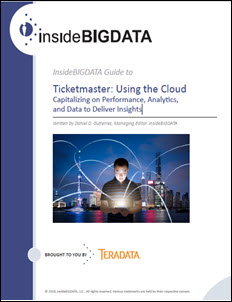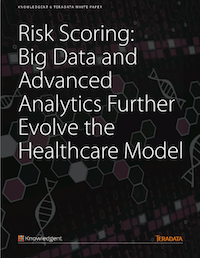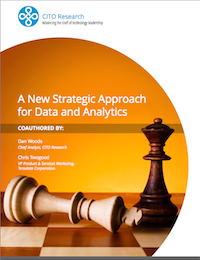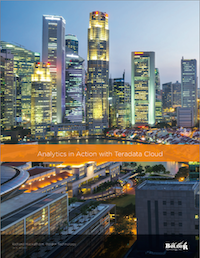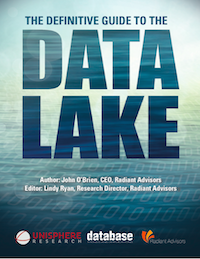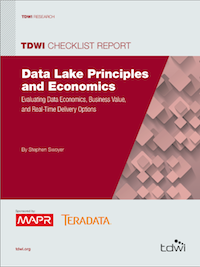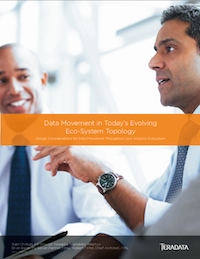Executives at large enterprises across the globe are facing unprecedented pressures around adopting generative artificial intelligence (GenAI), addressing ever-increasing data complexity, and managing a growing skills gap. That’s according to a new IDC survey, sponsored by Teradata (NYSE: TDC).
Survey Shows Top-Down Pressure to Adopt Generative AI, But Just 30% of Enterprises are Ready to Do So Today
Interview: Atif Kureishy, Global VP, Emerging Practices at Teradata
I recently caught up with Atif Kureishy, Global VP of Emerging Practices at Teradata, during the 2019 edition of the NVIDIA GPU Technology Conference, to get a deep dive update for how Teradata is advancing into the fields of AI and deep learning. He also speaks about the ways Teradata and NVIDIA are accelerating time to value for enterprise AI environments and gathering financial services insights from GPUs.
Using the Cloud: Capitalizing on Performance, Analytics and Data
Demand for enterprise cloud services is growing exponentially. A recent Teradata survey indicates that by 2020, 90% of their customers expect to have a hybrid cloud environment—and more than 85% expect to buy analytics as a service. Download the InsideBIGDATA special report, courtesy of Teradata, to learn more about how to use the cloud to your advantage.
The Connected Well
The sorts of questions that oil and gas managers
need answers to is driving the need for ever more sophisticated analysis. Moving from descriptive analytics which answer the question “What happened?” to diagnostic analytics which address “Why did it happen?”. Once companies have that information, it would be natural to want to understand “When will
it happen again?” (predictive analytics). And finally, companies will also want to find out “What should happen?” (prescriptive analytics) in certain scenarios, so that they can get repeatable results.
Risk Scoring Big Data and Data Analytics
Many healthcare organizations currently utilize a Risk Scoring program as part of doing business. Health insurance companies, for example, calculate one Risk Score for each member to reserve for risk-adjusted payments to Medicare Advantage and Health Insurance Exchange plans. While the calculation of one Risk Score per member is effective for the distribution of risk-adjusted payments, it lacks insight into a member’s medical needs. The current methodology fails to provide a complete picture of members’ health and serves as more of a reactive than preventative tool.
Data and Analytics Strategy
Many companies are confusing adopting big data technology with creating a coherent big data strategy and in the process are creating big data debt. In this paper we present our remedy for big data debt – a data and analytics centric approach. This approach is a set of concepts and guidelines that allow us to invest in big data and get increasing long-term returns rather than spending money to get short-term payback that creates long-term debt.
Teradata Cloud: Analytics in Action
This paper documents the experiences of nine Teradata Cloud customers based on anonymous interviews with knowledgeable persons. The table below lists the companies, along with their specific challenges.
Data Lake: The Definitive Guide
This paper provides the definitive guide on the critical areas of importance to bring data lake organization, governance, and security to the forefront of the conversation.
Data Lakes Principles and Economics
This Checklist Report discusses what your enterprise should consider before diving into a data lake project, no matter if it’s your first or second or even third major data lake project. Presumably, adherence to these principles will become second nature to the data lake team and they will even improve upon them at some point.
Data Architecture in an Evolving Eco-system Topology
With today’s needs for complicated data architecture systems and the business’s need to make sure that their data is on the most economical platform, moving away from EDW to platforms like Hadoop can be more than daunting to an organization. This whitepaper walks you through how Teradata customers have used the services team to help them migrate to new platforms seamlessly and why it’s important to have a strategic partner like Teradata when taking on this data movement project.



